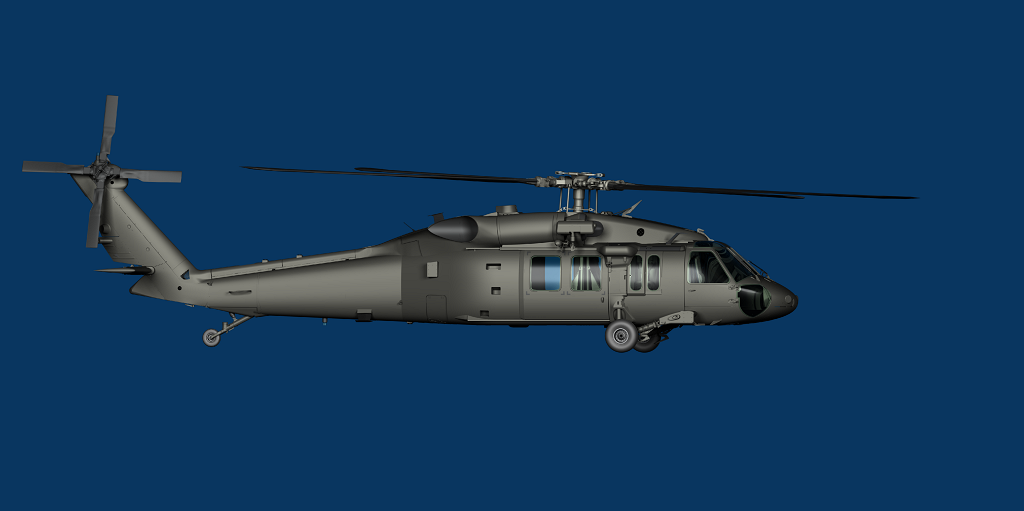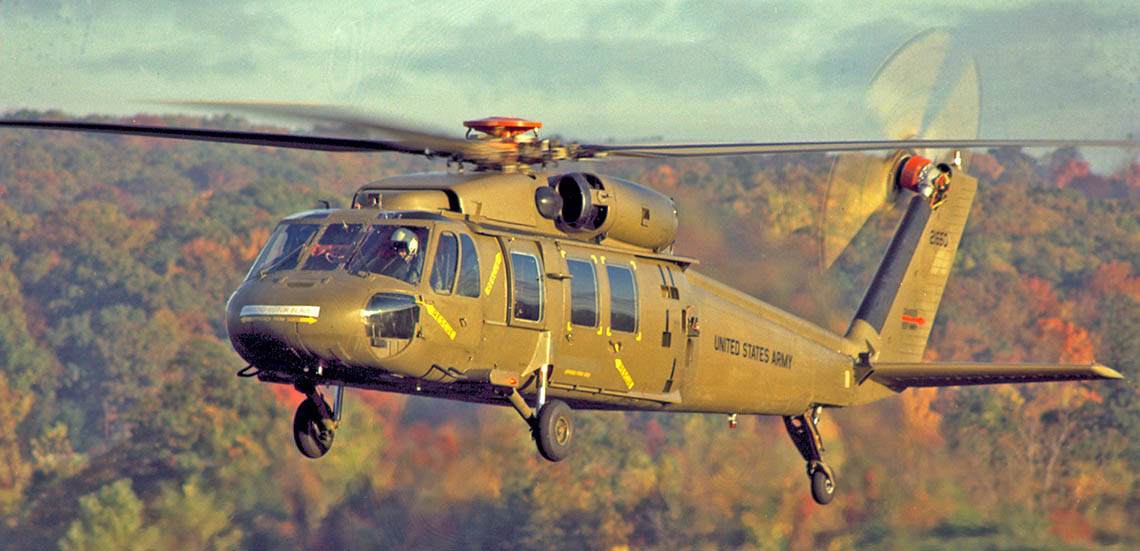Inside the Sikorsky S 70: What Sets This Helicopter Apart from Its Competitors
Inside the Sikorsky S 70: What Sets This Helicopter Apart from Its Competitors
Blog Article
Rotary-Wing Aircraft Offering Superior Durability and Precision Design
In the realm of aviation, rotary-wing airplane have long been identified for their special capabilities in numerous operational settings. From army objectives to private applications, the development of rotary-wing technology has paved the way for devices that offer unrivaled durability and precision design. With improvements in materials and construction strategies, combined with advanced flight control systems, these airplanes have become vital tools for jobs that demand both toughness and accuracy. As we discover the intricate equilibrium between technology and integrity in rotary-wing airplane, it comes to be evident that the merging of advanced innovation and proven layout principles has actually set a brand-new requirement for performance and effectiveness in the aerospace market.
Development of Rotary-Wing Technology
Throughout the history of aviation, the advancement of rotary-wing modern technology has been a testament to continuous advancement and innovation in aeronautical engineering. From the early days of vertical flight with basic designs to the sophisticated helicopters and various other rotary-wing aircraft these days, the progression in this area has been exceptional.
In the very early 1900s, pioneers like Igor Sikorsky and Juan de la Cierva made substantial strides in rotary-wing modern technology. Sikorsky's VS-300 helicopter, very first flown in 1939, noted a crucial moment in the advancement of sensible rotary-wing airplane. This success led the way for additional innovations in upright trip capabilities.

Today, rotary-wing aircraft play crucial functions in numerous fields, including armed forces procedures, emergency clinical solutions, police, and business transportation. The advancement of rotary-wing technology continues to push the boundaries of what is possible in vertical trip, guaranteeing that these aircraft stay crucial possessions in the aviation market.
Products and Building Innovations
Demonstrating a blend of cutting-edge materials and accurate building and construction strategies, rotary-wing airplane have undergone substantial improvements in sturdiness and performance. Among the key developments in products made use of for rotary-wing airplane is the boosting application of composite materials. These materials, such as carbon fiber reinforced polymers, use a high strength-to-weight ratio, enhancing both the architectural stability and overall performance of the aircraft. Furthermore, improvements in producing procedures have enabled even more elaborate and accurate building and construction of rotary-wing parts, adding to boosted the rules of aerodynamics and effectiveness.
Furthermore, the integration of sophisticated finishings and surface area therapies has actually played a critical duty in improving the sturdiness of rotary-wing airplane. These finishes offer security versus rust, abrasion, and severe weather, prolonging the life-span of the airplane and lowering maintenance needs.
In regards to building and construction innovations, additive production, also recognized as 3D printing, has actually changed the production of facility components for rotary-wing aircraft. This technology permits fast prototyping and modification, bring about quicker advancement cycles and minimized expenses. Overall, the constant development of materials and building techniques is driving the capacities and efficiency of rotary-wing aircraft to brand-new heights.
Precision Flight Control Equipment

The combination of GPS modern technology additionally improves the accuracy and dependability of these systems, permitting exact navigating, waypoint tracking, and automated trip control. sikorsky s 70. This level of precision not only improves the safety and security of rotary-wing operations however likewise enhances general functional performance and goal efficiency
Furthermore, the continual advancements in fabricated intelligence and maker learning have actually promoted the development of self-governing trip capacities within Precision Trip Control Equipment. This allows rotary-wing aircraft to perform intricate goals with unmatched accuracy and consistency, making them crucial possessions in a vast array of applications, consisting of army operations, search and rescue goals, and airborne photography.
Longevity in Testing Settings
Popular operational setups, rotary-wing aircraft demonstrate phenomenal resilience and toughness, ensuring ideal performance under challenging ecological problems. These airplanes are developed to withstand a variety of ecological factors, including extreme temperature levels, high winds, and harsh surface, making them well-suited for numerous missions in varied landscapes.
One essential element adding to the longevity of rotary-wing aircraft is their tough construction. Home Page These airplanes are built utilizing top quality materials and advanced design strategies to improve their architectural integrity and integrity. Furthermore, components such as rotor blades, engine systems, and landing equipment are carefully made to endure the stress and stresses run into during operations in challenging settings.
Additionally, rotary-wing aircraft are geared up with advanced onboard systems that monitor efficiency metrics in real-time, enabling aggressive maintenance and early detection of possible issues - sikorsky s 70. This proactive technique aids protect against unforeseen failures and guarantees the continued airworthiness of the airplane popular operational setups. On the whole, the longevity of rotary-wing aircraft in challenging atmospheres is a testament to their superior design and design, making them indispensable properties for various mission-critical operations
Upkeep and Reliability Standards
The adherence to strict maintenance and reliability requirements is paramount in making sure the optimum efficiency and security of rotary-wing aircraft. Regular maintenance checks, performed by certified specialists, are essential to determine and resolve any kind of possible problems before they compromise the aircraft's functionality. These checks incorporate a comprehensive exam of all crucial elements, including the engine, blades system, avionics, and hydraulic systems, to ensure that they remain in prime working problem.
In addition, adherence to arranged upkeep periods based on supplier standards is essential for upholding the aircraft's integrity. This aggressive technique aids protect against unforeseen malfunctions and makes certain that the airplane remains airworthy for its desired missions. Furthermore, the implementation of durable reliability requirements, such as regular element screening and replacement based upon fixed lifecycles, better boosts the airplane's stability.
Conclusion

To conclude, the advancements in rotary-wing aircraft technology have resulted in exceptional resilience and precision engineering. With cutting-edge materials and construction techniques, in addition to precision trip control systems, these aircraft can run in difficult atmospheres with increased dependability. The maintenance and integrity requirements guarantee that these rotary-wing airplane proceed to do at their best, making them vital possessions for different sectors.
Demonstrating a fusion of advanced browse this site materials and precise construction strategies, rotary-wing aircraft have actually undertaken significant developments in toughness and performance. One of the crucial technologies in materials made use of for rotary-wing airplane is the raising application of composite products.With precise attention to detail and advanced technical integration, rotary-wing airplane have actually welcomed Precision Trip Control Solution as a foundation of their functional quality. On the whole, the sturdiness of rotary-wing airplane in tough environments is a testament to their remarkable engineering and layout, making them crucial properties for various my company mission-critical procedures.
In conclusion, the improvements in rotary-wing airplane technology have actually led to superior sturdiness and precision engineering.
Report this page